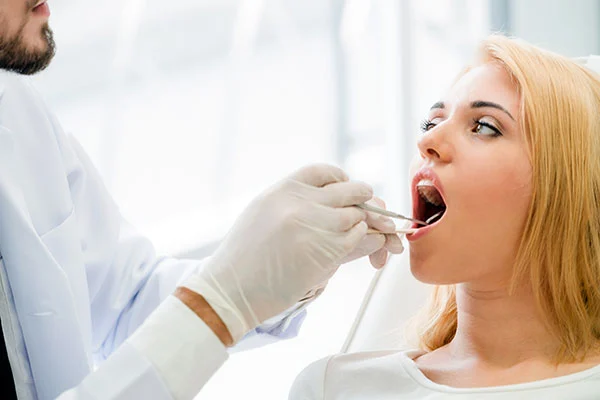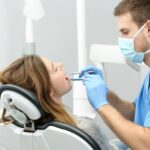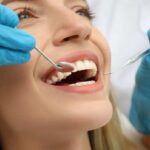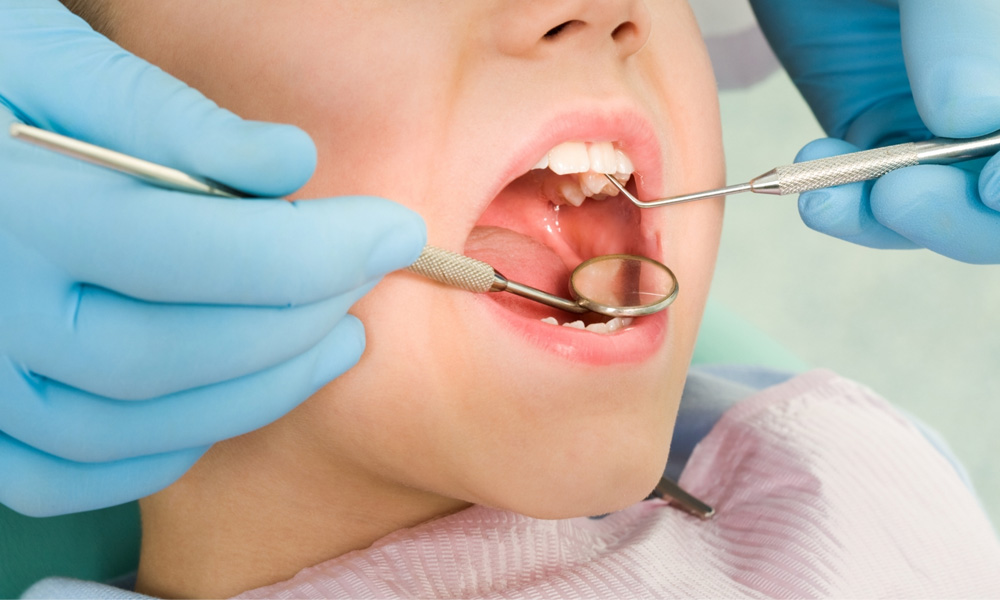Oral pathology refers to the study and diagnosis of diseases and abnormalities affecting the oral and maxillofacial region. This field is a crucial aspect of dentistry, as it enables dental professionals to identify and manage various conditions, ranging from common cavities to life-threatening cancers.
The specialists offering dental care in Bloomfield provide a comprehensive approach to diagnosing and treating different types of oral pathologies.
Exploring the types of oral pathologies
Oral pathology encompasses various conditions affecting the oral and maxillofacial region.
Here are some common types of oral pathology:
Developmental disorders
- Odontogenic tumors
- Craniofacial abnormalities (e.g., cleft lip and palate)
- Dental anomalies (e.g., supernumerary teeth)
Infections
- Dental caries (cavities)
- Periodontal disease (gingivitis, periodontitis)
- Pulpal infections (pulpitis)
- Fungal infections (e.g., oral thrush)
- Viral infections (e.g., herpes simplex)
Neoplasms
- Benign tumors (e.g., papillomas, fibromas)
- Malignant tumors (e.g., oral squamous cell carcinoma, melanoma)
Inflammatory disorders
- Oral lichen planus
- Oral mucositis
- Recurrent aphthous stomatitis (canker sores)
Systemic diseases with oral manifestations
- Diabetes mellitus
- HIV/AIDS
- Rheumatoid arthritis
- Sjögren’s syndrome
Traumatic injuries
- Tooth fractures
- Luxations (tooth displacement)
- Avulsions (tooth loss)
Cysts and tumors of the jaw
- Odontogenic cysts (e.g., radicular cysts)
- Non-odontogenic cysts (e.g., traumatic bone cysts)
- Benign tumors (e.g., ameloblastoma)
- Malignant tumors (e.g., osteosarcoma)
Soft tissue lesions
- Pyogenic granuloma
- Fibroma
- Lipoma
- Hemangioma
How are oral pathologies diagnosed by dentists?
Diagnosing oral pathologies involves a combination of clinical examination, radiographic imaging, and laboratory tests. Here are the steps involved in diagnosing oral pathologies:
Clinical examination: A thorough examination of the oral cavity, including visual inspection and palpation (feeling with the fingers) to identify any abnormalities.
Medical and dental history: Reviewing the patient’s medical and dental history to identify potential risk factors and underlying conditions.
Radiographic imaging: X-rays (e.g., periapical, panoramic), CT scans, or other imaging modalities to visualize the teeth, jaws, and surrounding tissues.
Laboratory tests: Biopsy, histopathological analysis, and other laboratory tests to examine tissue samples and identify specific conditions.
Some common diagnostic tools and techniques used in oral pathology include:
Biopsy: Removing a tissue sample for histopathological analysis.
Histopathology: Examining tissue samples under a microscope to identify cellular changes.
Immunohistochemistry: Using antibodies to detect specific proteins or markers in tissue samples.
Molecular diagnostics: Analyzing DNA or RNA to identify specific genetic changes or viral infections.
How do dentists treat oral pathologies?

Treatment options for oral pathologies vary depending on the specific condition, severity, and patient needs. Here are some common treatment options:
Surgical interventions
- Biopsy
- Tooth extraction
- Cyst or tumor removal
- Bone grafting
- Reconstructive surgery
Medications
- Antibiotics (bacterial infections)
- Antifungals (fungal infections)
- Antivirals (viral infections)
- Pain management medications
- Anti-inflammatory medications
Radiation therapy
- External beam radiation
- Brachytherapy (internal radiation)
Laser therapy
- Ablative and non-ablative lasers for tissue removal and healing
Chemotherapy
- Systemic chemotherapy (oral or intravenous)
- Topical chemotherapy (applied directly to the lesion)
Immunotherapy
- Boosting the body’s immune response to fight disease
Palliative care
- Managing symptoms and improving quality of life for patients with advanced disease
Supportive care
- Managing oral health and preventing complications
Rehabilitation
- Restoring oral function and aesthetics after treatment
Follow-up care
- Regular monitoring and maintenance to prevent recurrence or detect new lesions
Treatment plans often involve a multidisciplinary approach, combining medical, surgical, and rehabilitative interventions. Dental professionals work together with specialists like oral surgeons, periodontists, and oncologists to provide comprehensive care.
Wrapping up
Oral pathology plays a vital role in maintaining oral health and overall well-being. Dental professionals must stay vigilant in diagnosing and managing oral pathologies, and patients must prioritize regular dental check-ups to ensure early detection and treatment of any oral health issues. By working together, we can combat oral diseases and promote a healthier, happier smile.











